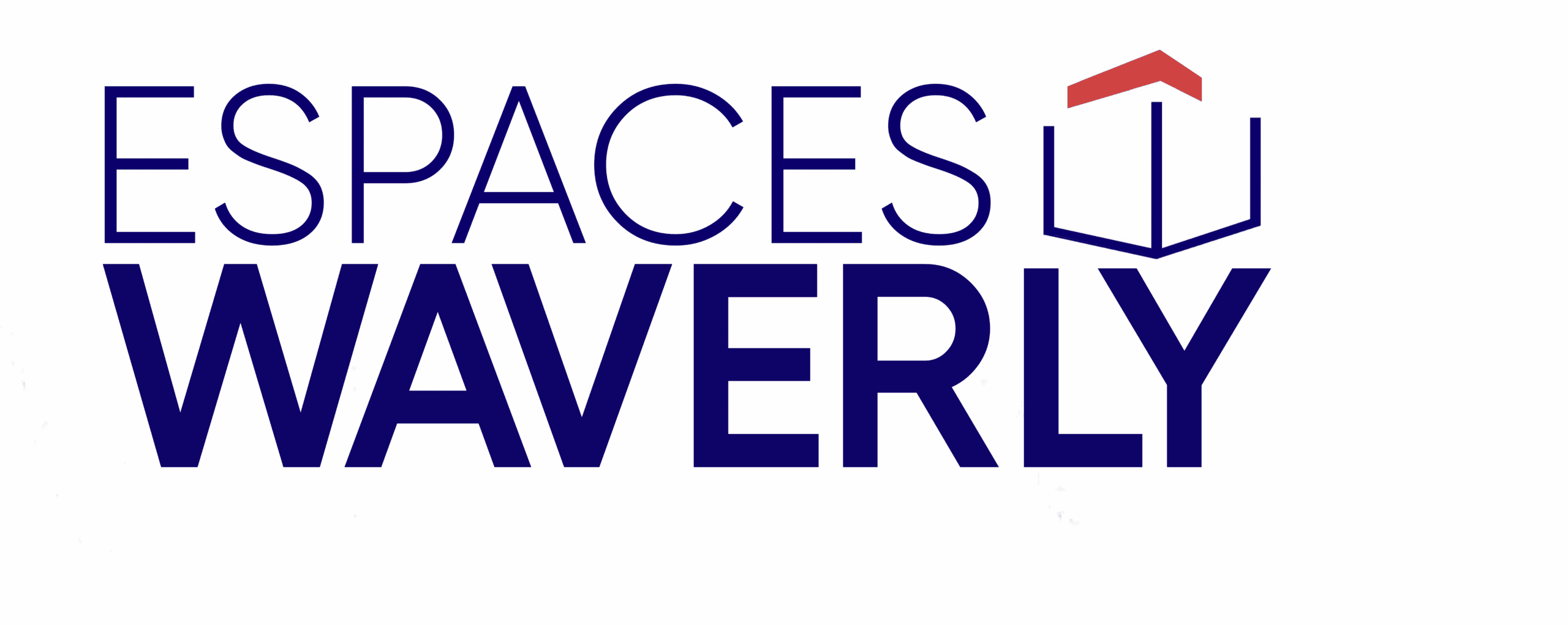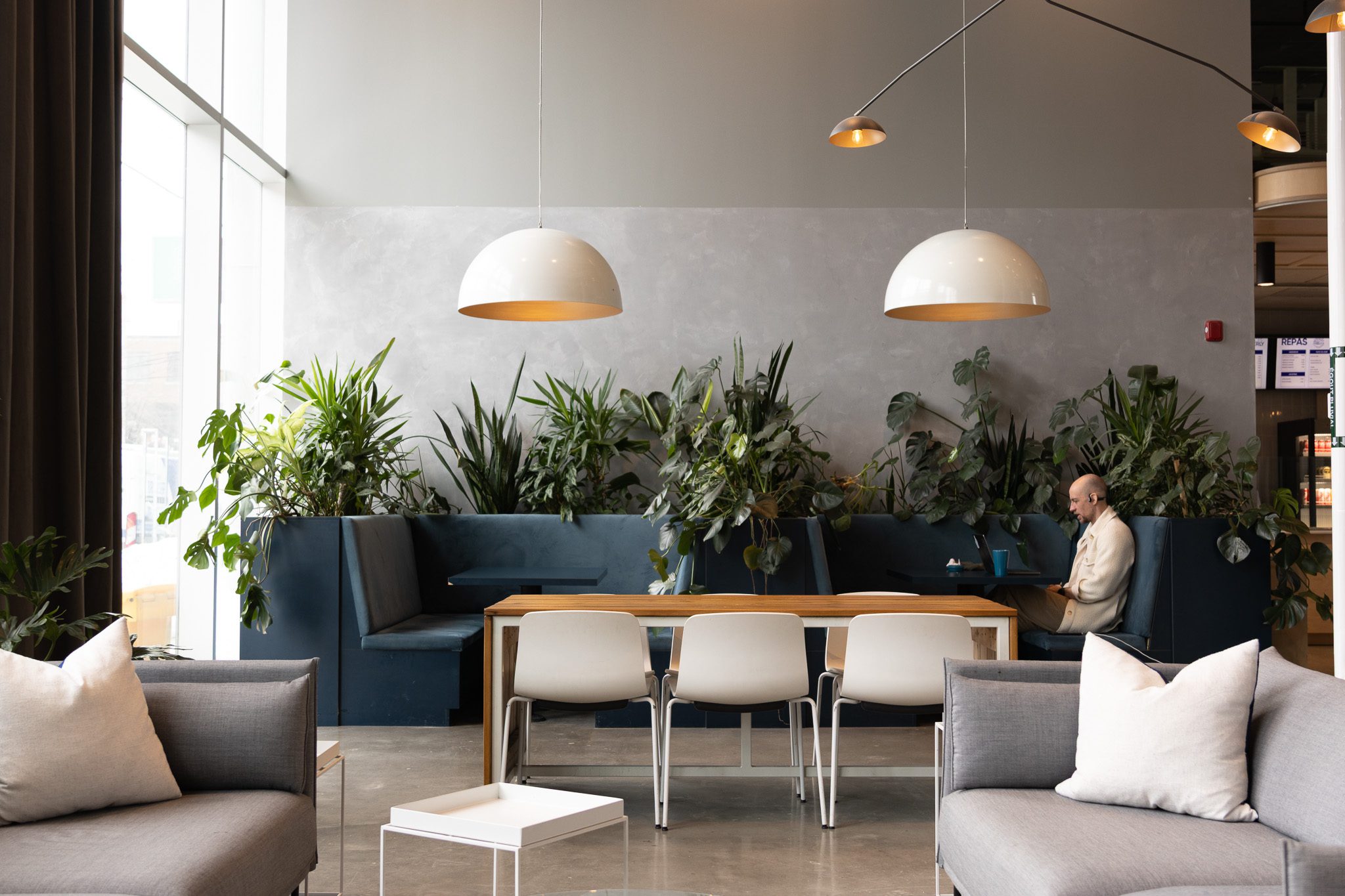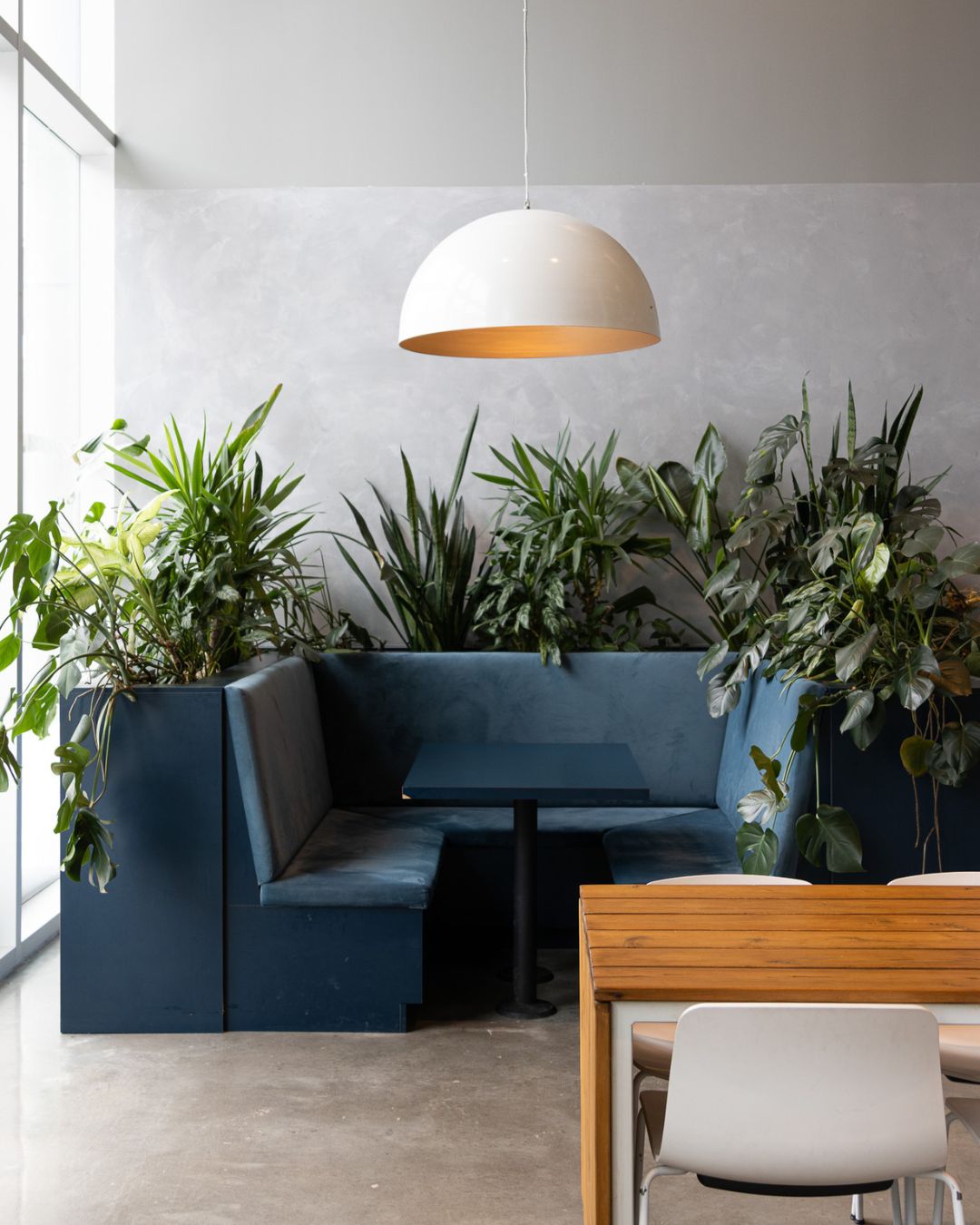The world of work is undergoing unprecedented transformation. Following the rapid rise of remote working, the adoption of hybrid models, and the emergence of collaborative spaces, a new reality is taking hold: flexible offices. These places are no longer just business addresses, but true ecosystems where innovation, collaboration, and productivity come together.
At the heart of this transformation, one crucial factor stands out: technology. Without reliable connectivity, high-performance digital tools, and adequate security, the promise of flexibility loses its meaning. Today, a flexible office is not just a modular space: it must be smart, connected, and secure.
In this article, we will explore in depth the role of technology in flexible offices, focusing on three pillars:
-
Connectivity – the invisible infrastructure that makes work flow smoothly.
-
Digital tools – practical solutions that make everyday life easier.
-
Security – an essential requirement for protecting data and organizations.
We will also see how these elements come together in a place like Espaces Waverly, where technology is not an option, but a differentiating asset.
1. Connectivity: the backbone of the flexible office
A reliable network as a prerequisite
In a flexible office, teams come and go, companies intersect, and technological needs are constantly changing. What do all these scenarios have in common? An unfailing need for connectivity.
-
An entrepreneur in a videoconference with an international client.
-
A hybrid team connected to colleagues working remotely.
-
Mobile workers who need a fast and secure connection to get things done between appointments.
Without a robust network infrastructure, everything falls apart.
Wi-Fi as the number one criterion
Recent studies confirm that Wi-Fi quality is one of the primary criteria for satisfaction in shared workspaces. More than just a convenience, it is a basic tool, just like electricity.
-
Speed and stability: enable dozens or even hundreds of simultaneous users to work without slowing down.
-
Coverage: Ensure coverage in every corner of the office, including meeting rooms, break rooms, and outdoor areas.
-
Security: protect every connection against intrusions and unauthorized access.
Redundancy as a guarantee of reliability
The most successful flexible offices, such as those offered by Espaces Waverly, invest in redundant infrastructure:
-
Multiple Internet providers to avoid outages.
-
Segmented networks to separate traffic (guests, members, administration).
-
Real-time monitoring tools to anticipate technical issues.
In short, connectivity is not a “service,” but a promise of continuity.
2. Digital tools: making the experience smooth and efficient
Connectivity alone is not enough: tools are also needed to transform space into a real lever for productivity.
Space reservation and management
A flexible office must be available for use on demand. That’s why online booking systems have become essential:
-
Book a meeting room in just a few clicks.
-
Check the availability of an office or collaborative space in real time.
-
Manage your subscription, plans, and options via an app.
At Espaces Waverly, this simplicity translates into integrated solutions that allow businesses to focus on their work, not logistics.
Collaboration and communication
With the hybridization of work, collaboration is no longer limited to physical space. Digital tools integrated into flexible offices are therefore becoming catalysts for efficiency:
-
Fully equipped meeting rooms: interactive screens, videoconferencing systems, optimized acoustics.
-
Integration with popular platforms (Zoom, Microsoft Teams, Google Meet).
-
Interactive whiteboards and touchscreens for hybrid brainstorming sessions.
The goal: to blur the line between in-person and virtual experiences, ensuring that everyone has the same quality experience, regardless of their location.
Automation and smart comfort
The most advanced flexible offices also incorporate home automation solutions:
-
Occupancy sensors to optimize lighting and air conditioning.
-
Automatic temperature and brightness settings based on the time of day.
-
Modular spaces where a simple click can transform a meeting room into an event area.
These innovations help create a pleasant working environment while reducing energy consumption.
3. Security: protecting data and organizations
A non-negotiable requirement
In a world where cyberattacks are becoming increasingly frequent, security is no longer a secondary issue. It is a key concern for businesses, large and small.
In flexible offices, where several organizations coexist, the issue is even more delicate: how can everyone be guaranteed the same level of security as in a private office?
Digital security
Modern flexible spaces are investing heavily in cybersecurity:
-
Wi-Fi protected by advanced encryption protocols (WPA3).
-
VPN recommended for sensitive connections.
-
Firewalls and network segmentation to isolate traffic between companies.
-
Proactive monitoring to detect anomalies or intrusions.
At Espaces Waverly, these practices ensure that every customer enjoys a reliable and secure digital environment.
Physical security and access
Security is not limited to the virtual world: it also applies to physical access.
-
Electronic badge systems or mobile applications for entering the premises.
-
Discreet surveillance cameras to prevent intrusions.
-
Secure private rooms for companies requiring increased confidentiality.
The combination of these measures creates essential confidence for users: they know that their data, projects, and equipment are protected.
4. Towards the flexible “smart” office
By combining connectivity, digital tools, and security, flexible offices are moving toward an even more ambitious future: that of the smart office.
Usage data analysis
Reservation systems and occupancy sensors enable valuable data to be collected:
-
Which spaces are used the most?
-
Which time slots are the busiest?
-
Which services are most in demand?
This information helps managers optimize layout and helps companies better understand their own work habits.
Personalized user experience
Tomorrow, a flexible office will be able to anticipate needs:
-
Set the temperature in your office to your preference as soon as you arrive.
-
Offer you a room suited to your meeting based on the number of participants.
-
Suggesting less busy times for more peace and quiet.
The competitive advantage of companies
Organizations that choose a flexible, connected, and secure office gain a clear competitive advantage:
-
Increased efficiency thanks to integrated digital tools.
-
Enhanced appeal for recruiting talent seeking modernity.
-
Organizational agility to adapt to market changes.
Conclusion
The flexible office is much more than just a modular space: it is an ecosystem built on a solid technological infrastructure.
-
Connectivity is the backbone of this, essential for smooth and continuous work.
-
Digital tools are transforming the experience by facilitating collaboration, booking, and everyday comfort.
-
Security—both physical and virtual—provides the confidence necessary for every business to grow with peace of mind.
At Espaces Waverly, this vision comes to life: flexible offices designed to offer not only modularity, but also a smart, connected, and secure experience. This is where the future of work lies: in places where technology is not just a tool, but a strategic ally.


